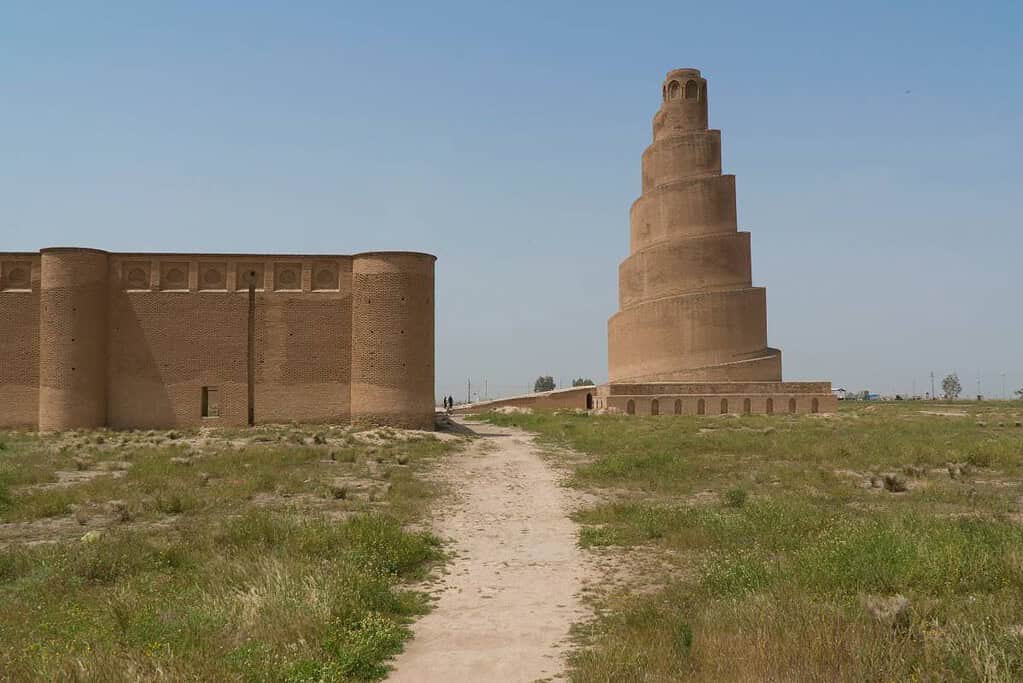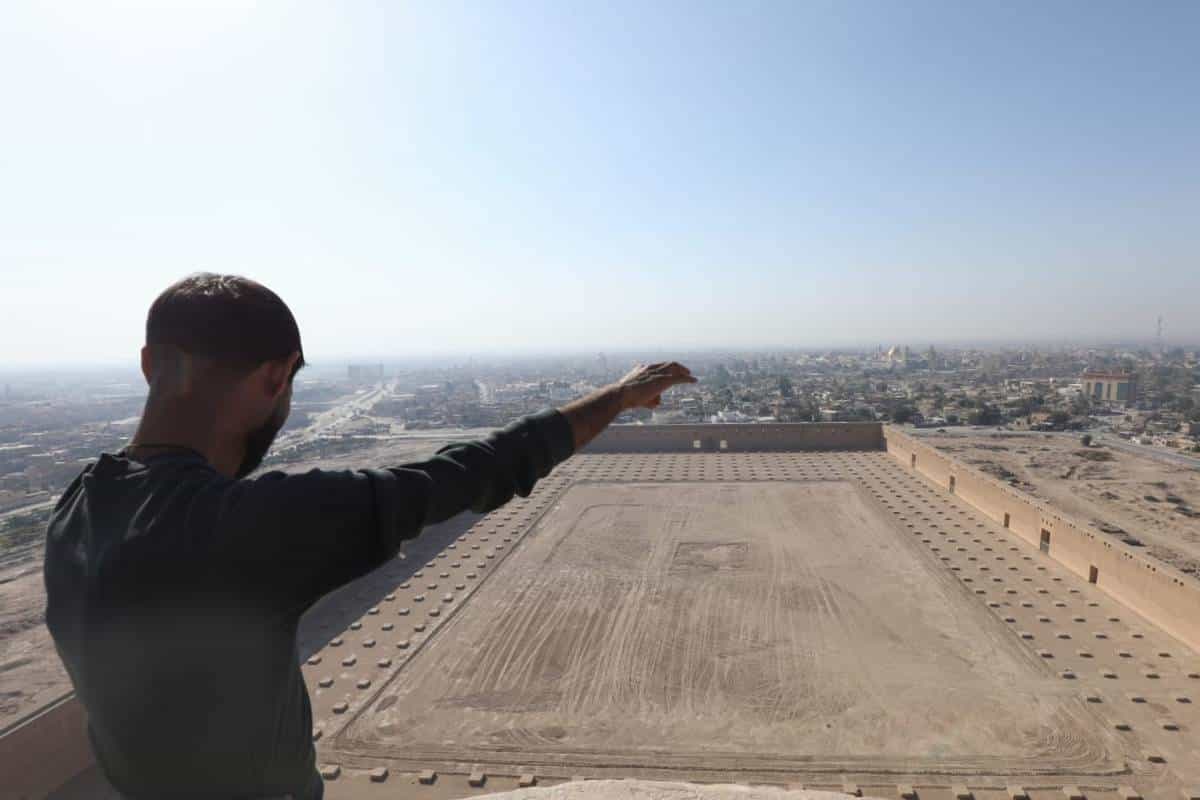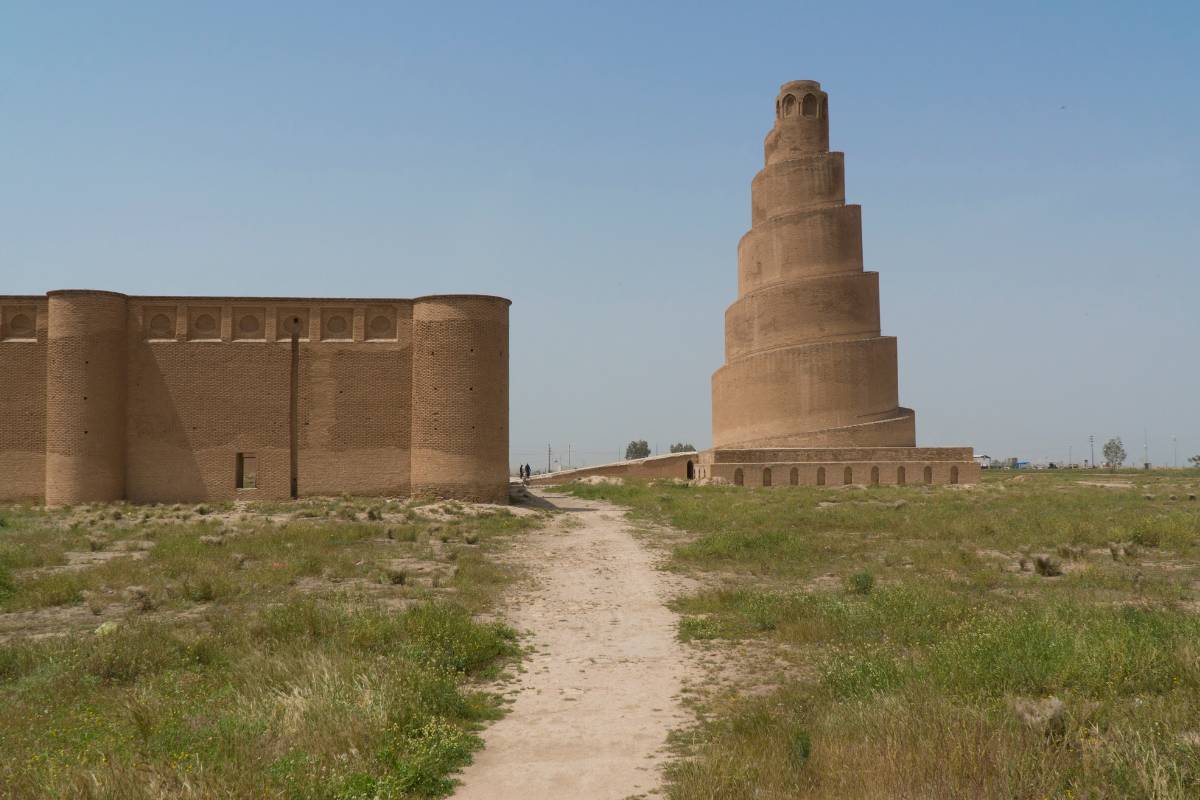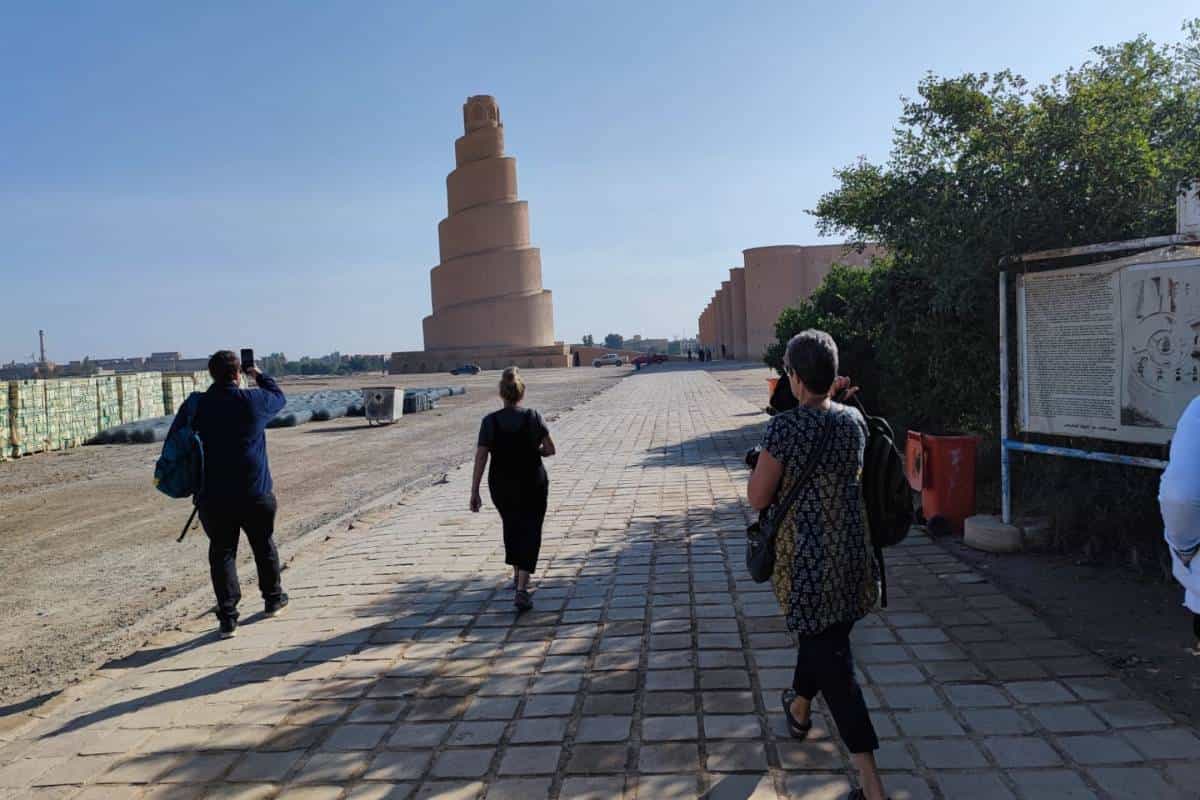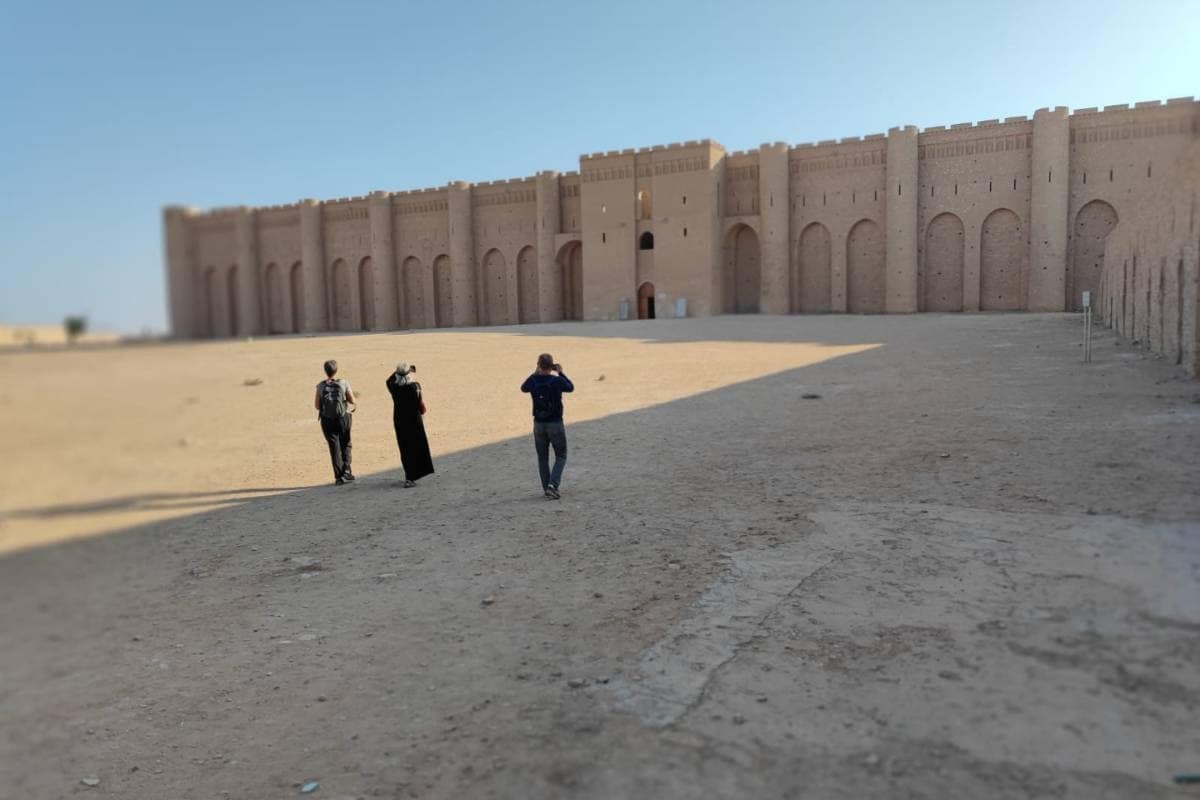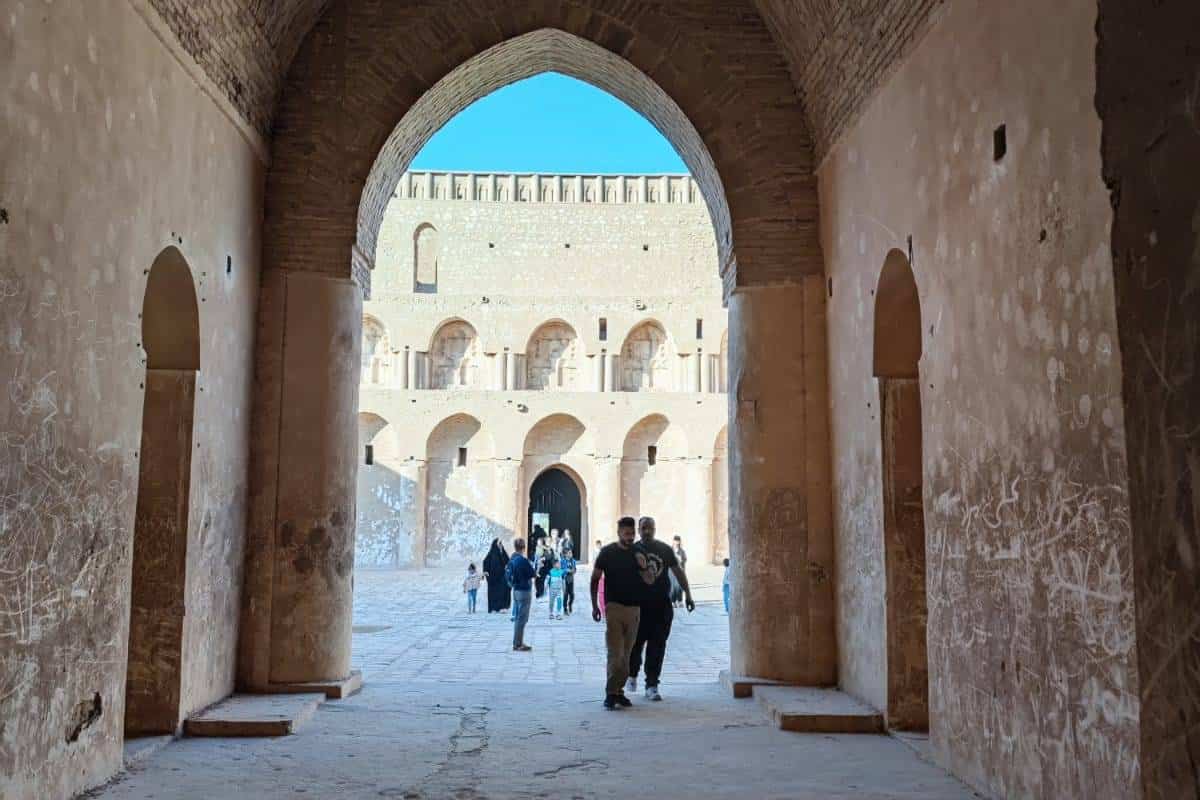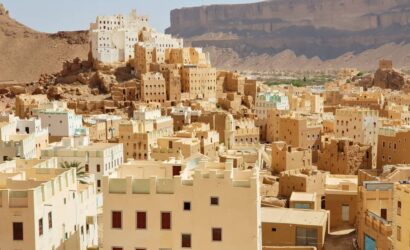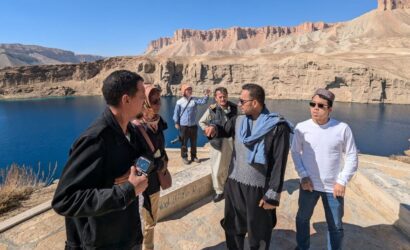Samarra is located in central Iraq, about 120 kilometers northwest of Baghdad. It is best known for the Samarra Great Mosque, an important religious and architectural site that dates back to the 9th century. The mosque is home to the Malwiya, the famous Samarra towering spiral minaret, one of Iraq’s most recognizable landmarks.
A day trip to Samarra from Baghdad is a great way to explore Iraq’s rich history and culture. After a comfortable drive from the capital, visitors can spend several hours exploring the Great Mosque of Samarra and its many intricate details. The mosque is a masterpiece of Islamic architecture and is considered one of the most important examples of the Abbasid style. Visitors can also stroll around the city and explore the local markets to find a variety of traditional crafts, souvenirs, and local products.
In addition to visiting the Samarra Great Mosque, a day trip to the city can also include a visit to the nearby archaeological site of the ancient city of Samarra, which was once one of the most important cities in the Islamic world. The site is home to several well-preserved ruins, including the palace of the Caliphs, which offers an intriguing glimpse into the past and the way of life of the people who lived there. Overall, a day trip to Samarra from Baghdad is a great way to experience Iraq’s rich history and culture and gain a deeper understanding of the country.
-
Baghdad
-
Included
-
Sedan or SUV
-
Not included
-
Great Mosque of Samarra, Palace of the Caliph
Samarra day trip
Samarra Archaeological City is an ancient site located in Samarra, Iraq, once one of the most important cities in the Islamic world. The site is home to several well-preserved ruins, including the palace of the Caliphs, which offers an intriguing glimpse into the past and the way of life of the people who lived there. The site also includes the remains of the Great Mosque of Samarra, which dates back to the 9th century, and is considered one of the most important examples of the Abbasid style. The site has been a UNESCO World Heritage Site since 2007, and it was a unique opportunity to learn about the history and culture of the Islamic civilization in the 9th century.

